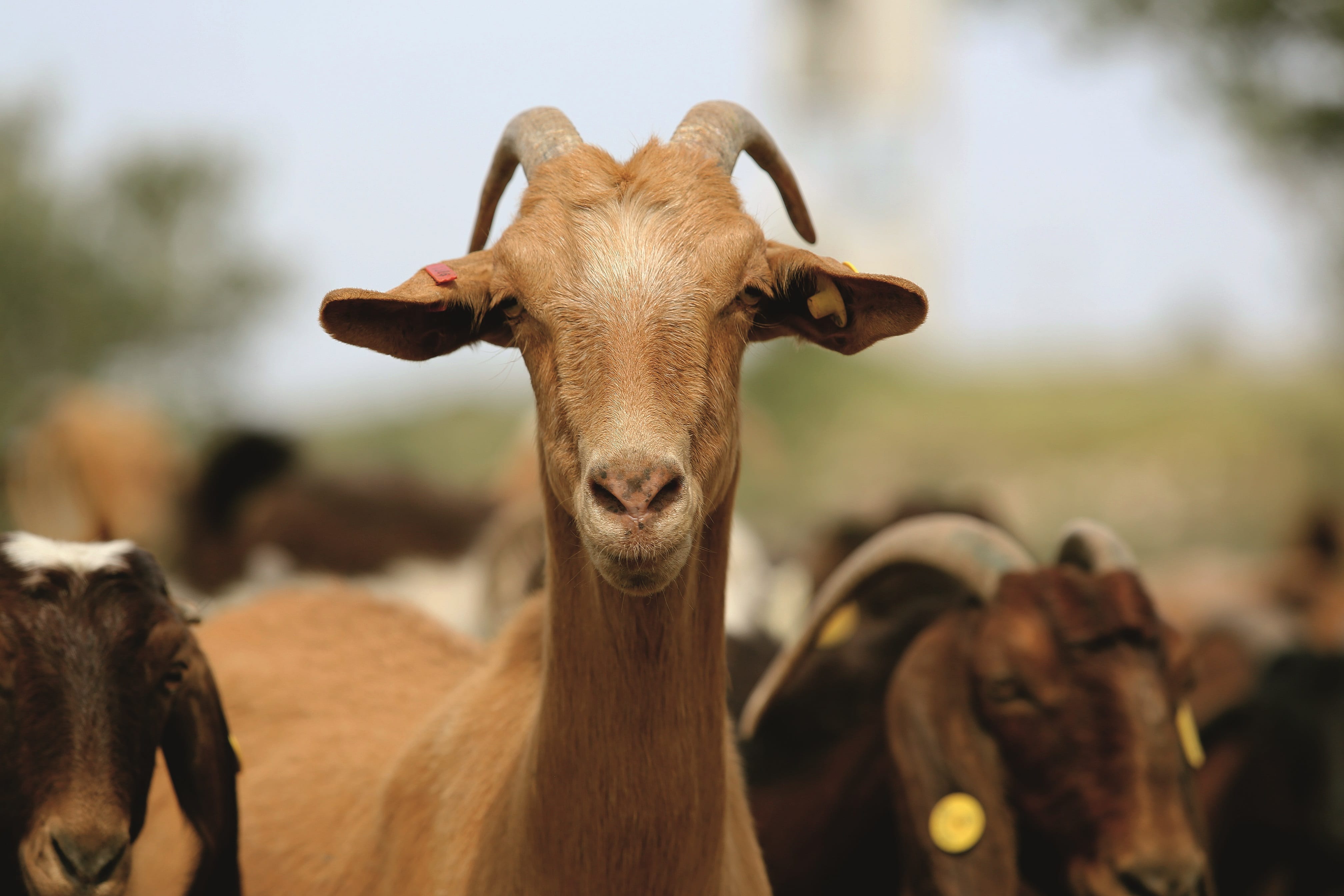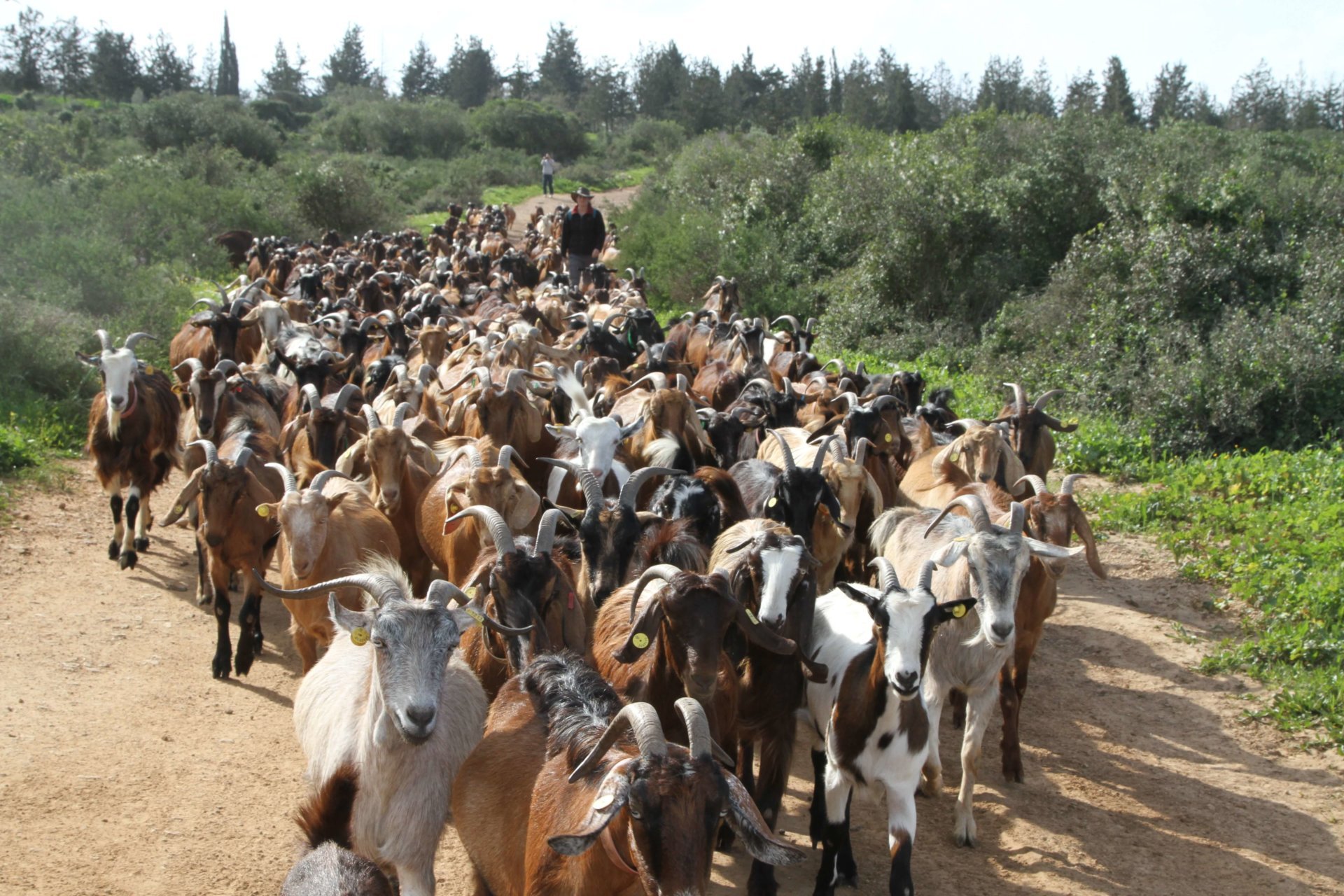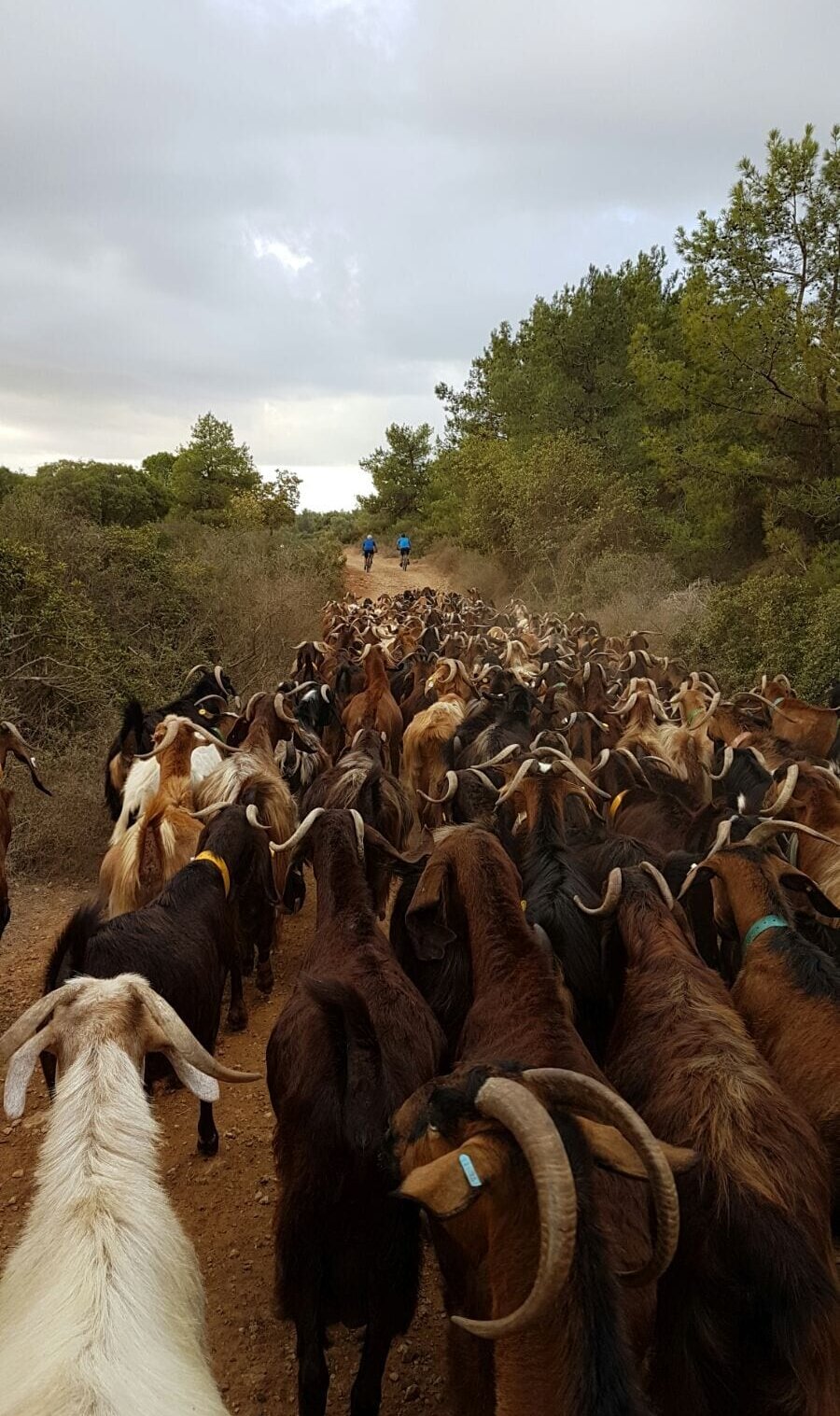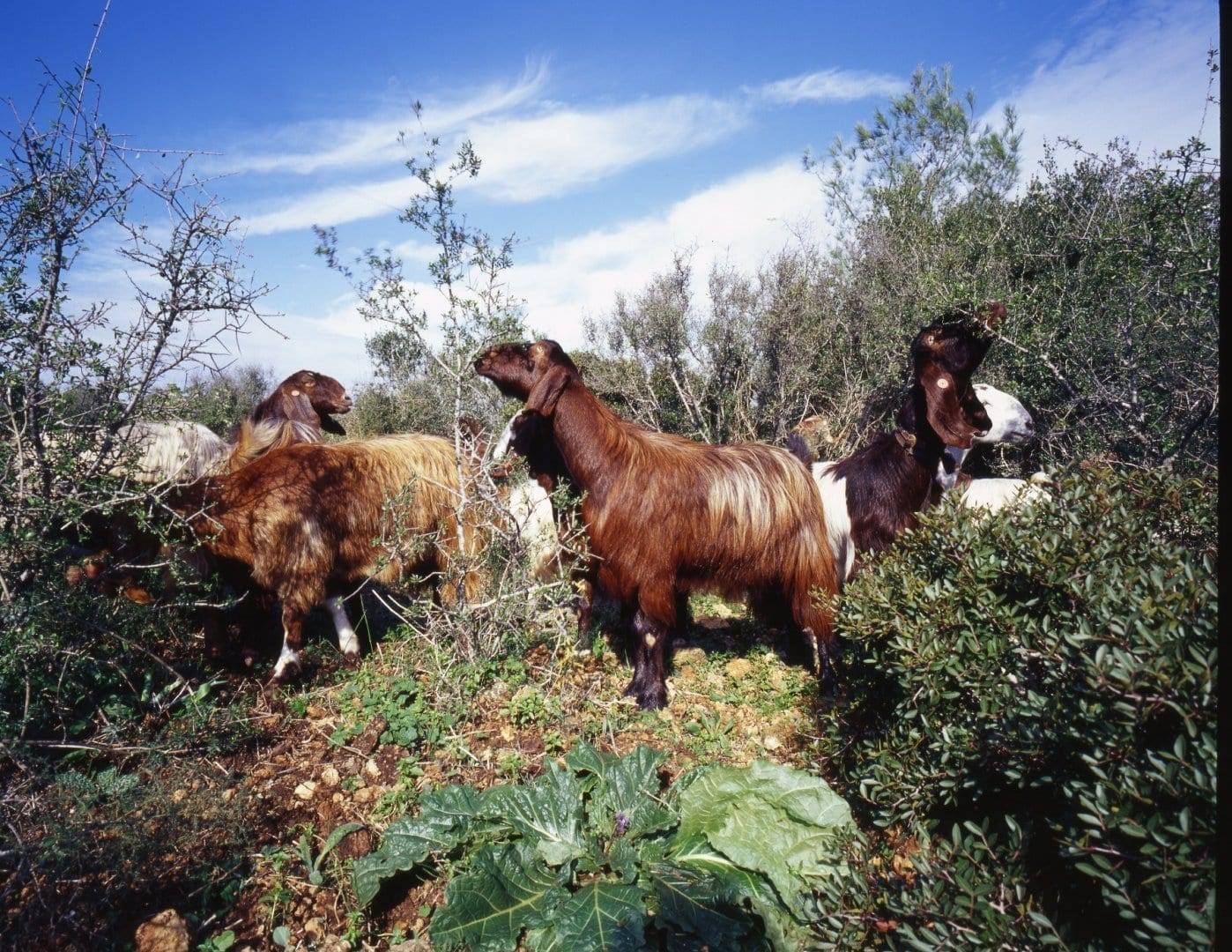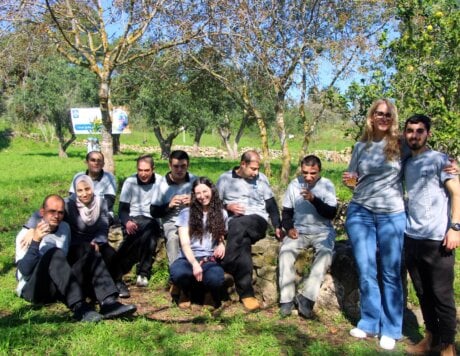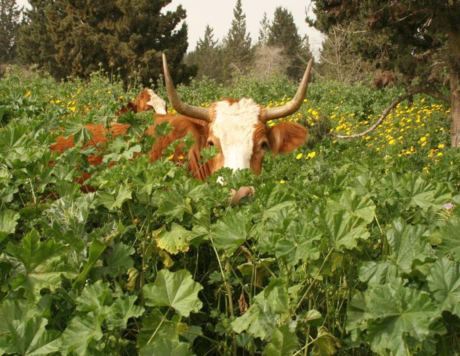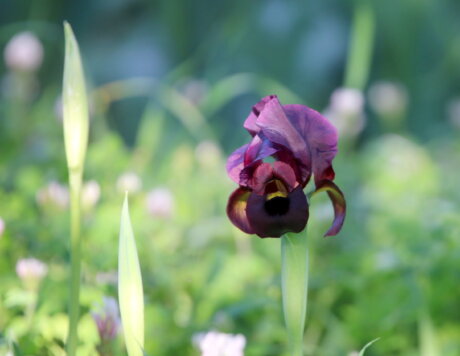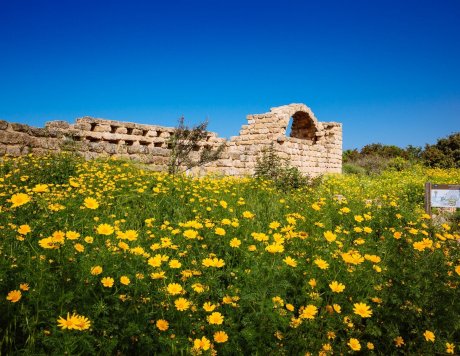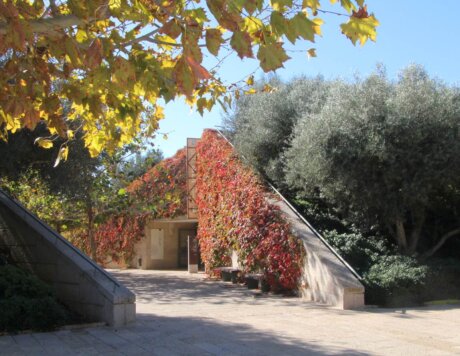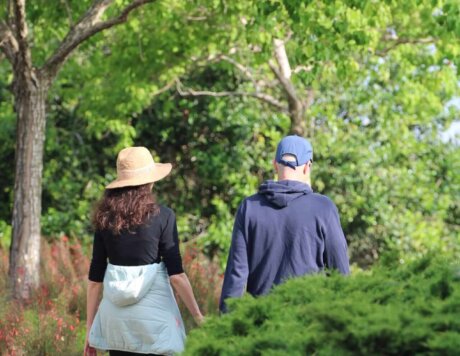With time, you discover your leadership skills and a significant part of that is belief in yourself. You can follow the herd or you can set the limits. You learn to understand how to stop them, how to call them and they listen in response. Like the incident with the kid, in those moments when I need them the most, they come. The tone makes the difference. If you approach them with a fearful, hesitant tone, they will continue. You develop for yourself an authoritative and definite tone. Like children, goats also push the boundaries.”
as with children, are there more and less disciplined goats?
“Of course, goats have personalities and feelings; the entire herd is not a uniform entity. There are the more attentive ones; they will usually be higher up in the herd hierarchy, the “closer” ones. It depends on the goat’s body condition, size and health. A sick goat may be ostracized; although they are now domesticated, from an evolutionary point of view they developed in nature, and in nature a sick individual may attract predators.”
“Do the kids go out to forage?
“By the age of two months the kids are weaned from suckling and then we separate them from their mothers and they are transferred to a separate pen for one to two months. During this period they begin going out to forage each day. At the beginning it’s very hard for them. They cry a lot. They don’t understand exactly what to do and this also requires fitness. At the beginning they eat very little, and only after about a week do they really begin to graze.”
Let’s go back to you for a moment – what connects a young woman like you to goat herding?
“A love of animals was always there; I’m not a person who likes offices or enclosed spaces. After the army I worked at a horse farm, then travelled around New Zealand, and when I returned I began working at Amikam with a dairy herd. I began each day at six in the morning with the morning milking and then went out to forage for four hours. I came to Ramat Hanadiv two years ago. Here we are a team of several caretakers who divide the work between the pen and the pasture. This herd grazes in the Nature Park all year round and is accompanied by research and learning on management regimes and animal welfare.”


